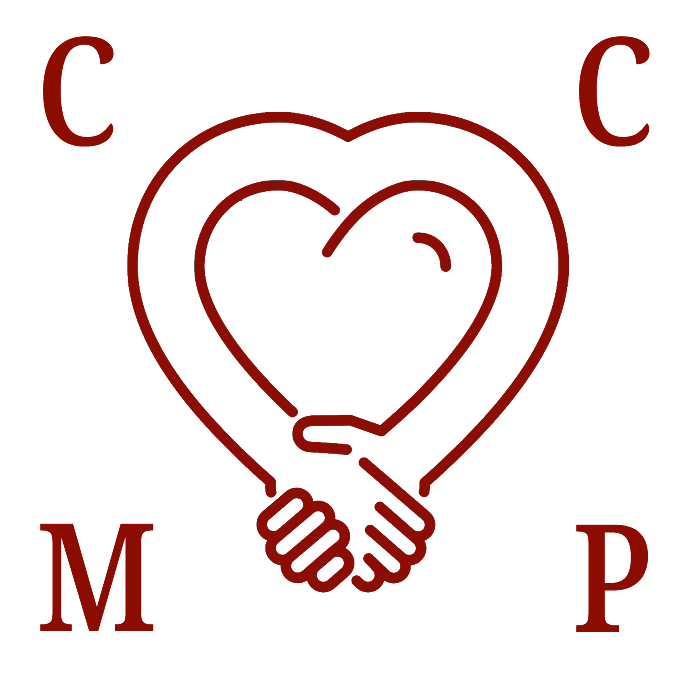The Self-Compassionate Model For Pursuing Fulfilling Relationships

The Booby Traps Of Modern Dating
In modern dating, choosing romantic partners has become a lot like dancing. People look for someone with alluring features and pleasing moves, until they move in ways that cause them discomfort. And so, their journey goes on, finding one thing less to like about a potential partner. Pretty soon, they amass a long list of dislikes, and a very short list of likes. They use this knowledge to find a better fit, creating dating profiles highlighted by dislikes, with footnoted likes. The responses they get bore or infuriate them. The former consist of people who mask their personality to avoid rejection, and the latter are comprised of those people who chose to ignore the dislikes. Potential suitors are either turned off by the myriad demands or bypass the demands completely. Neither person gets the happy ending they desire.
You cannot blame people for this approach. The world tells you that you need two things from relationship partners: attraction and comfort. So, people seek attractive people, who do not do anything to upset them. To make matters worse, people grossly underestimate the work required for such a venture because Internet dating sites assure them that it should be easy. It seems illogical, but the truth is that the more you seek a relationship (which involves two people) based on your own desires and dreads, the less likely you are to be happy. On this very topic, the famous 12th century poet Rumi said, “Two [people] are never satisfied – the lover of the world and the lover of knowledge.” To be satisfied, you must first be a lover of relationships.
Changing those I’s to Our’s
To find a fulfilling relationship, you must stop asking what you need for yourself, and start asking what you need in a relationship. Let me use the analogy of a car and a winter environment. The thoughtful car spent days accruing characteristics that would make it comfortable and attractive. It chose a brilliant black finish, soft leather upholstered chairs, and a stereo that would quiet the angels. The environment noticed the car, and also found it spectacularly attractive. One day, a storm arose. The car blew from the left side of the street to the right. It travelled maladroitly over snow-encumbered patches, finally losing traction on a patch of ice. It slid nose down into a ditch.
On its own, the car was majestic, but when added to the environment, it was a machine destined for disaster without all wheel drive and a great braking system. There is nothing alluring about a car’s drive or brakes, but there is nothing more important when combined with the environment. To find a fulfilling relationship, we need to think about shared qualities that lead to meaningful and supportive interactions.
The Self-Compassionate Model For Pursuing Fulfilling Relationships
The self-compassionate model offers the following pointers, when it comes to pursuing a new relationship. First, think about things that you would like to share with someone that would set you both at ease, and leave each of you feeling understood and inspired. Second, come up with three values that incorporate these things. Third, add two values to that list that you would need to share with someone to endure tough times. Lastly, pursue relationships with the intention of trusting and trying to enjoy (or at least endure) the process. Do not be overly focused on the outcome. It is out of your control; what some would call a fool’s errand. Instead, commit this energy to being a little more compassionate to yourself and the people you meet. If pursuing relationships is like choosing dance partners, then it makes even more sense to grant them patience. It is never how long it takes you to find the dance partner that counts. It is the quality of the dance that you remember.
Click here for more information on self-compassion psychology.
365 Days Of Self-Compassion. Day 267. In The Books.
